
Browns Park National Wildlife Refuge
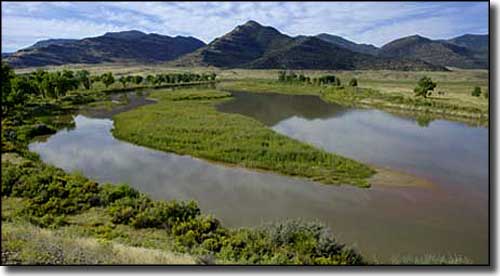
The Green River flowing across Browns Park National Wildlife Refuge
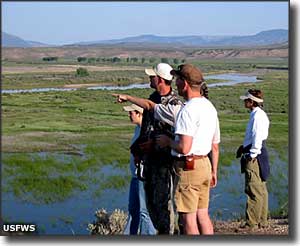
Browns Park National Wildlife Refuge (13,450 acres) was established to provide critical high quality migration and nesting habitat for birds and waterfowl in northwestern Colorado. Other aspects of Browns Park NWR provide for the conservation of endangered and threatened species, protection of natural resources and to offer fishing and other wildlife-dependent recreational opportunities. Much of the local wetlands and waterfowl habitat were destroyed in the building of Flaming Gorge Dam and subsequent flooding of the Green River Valley that created Flaming Gorge Reservoir. That necessitated the creation of Browns Park NWR, and the wetlands and pond water levels are maintained by water pumped from the Green River and diverted from Vermillion and Beaver Creeks.
Browns Park NWR consists of river bottomland and the adjacent upland benches. The western border of the property is the Utah-Colorado state line. The refuge is almost completely surrounded by Bureau of Land Management property, although there is a private, 200-acre inholding of grassland and cottonwood groves near the southeast corner of the property. Also contained in the NWR is the site of the old Fort Davy Crockett, built in 1837 for the protection of moutain men/trappers against attacks by the Blackfoot tribe.
In addition to the river bottomlands and marshes there are well vegetated grasslands interspersed with greasewood/sage/salt cedar communities, dense willow thickets and cottonwood groves. Almost half the refuge is either steep and rocky mountain slopes or alluvial benchlands. Elevations vary from 5,355' to a high of 6,200'.
Browns Park NWR is home to maybe 200 different species of birds at one time or another during the year. You'll find Canada geese, mallards, teal, canvasbacks, redheads and other ducks from late spring to early fall. Peak birdwatching seasons are during the spring and fall migration periods when thousands of birds descend on the property to rest and feed before heading on.
You might find mammals here like the river otter that frequent the Green River and refuge wetlands all year round. There's also the occasional moose in the riparian areas and some elk, mule deer and bighorn sheep during moderate to severe winters. Pronghorn and beaver are also regulars on the land. Red fox, coyote, porcupine, skunk... the list is long.
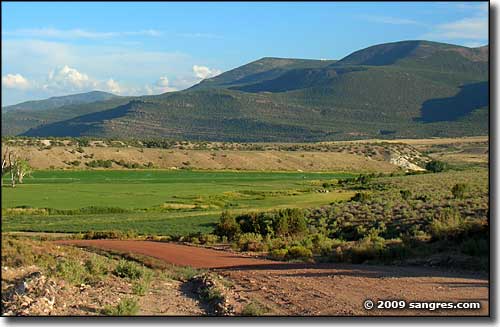
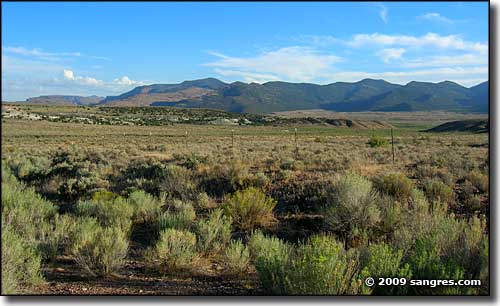
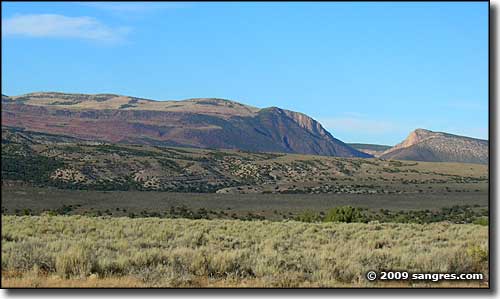
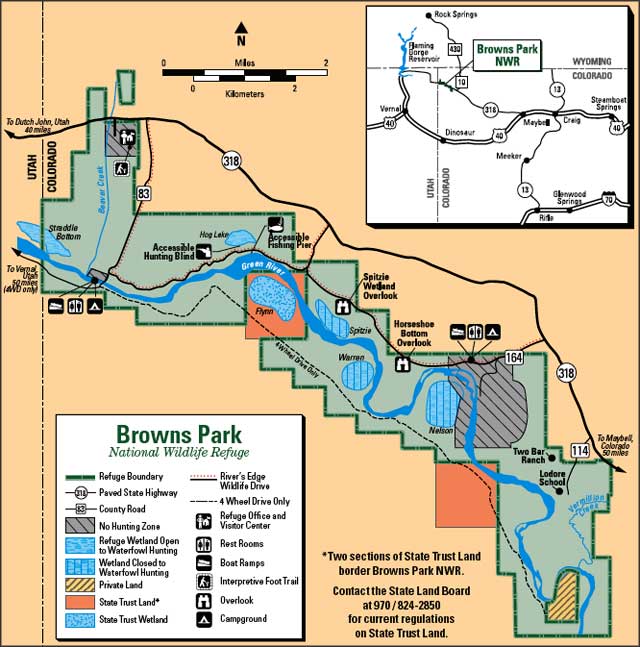
Browns Park National Wildlife Refuge map
National Park Service Sites - BLM Sites - National Wilderness Areas - Unique Natural Features
Outdoor Sports & Recreation - Ski & Snowboard Areas - Photo Galleries - Colorado Mountains
